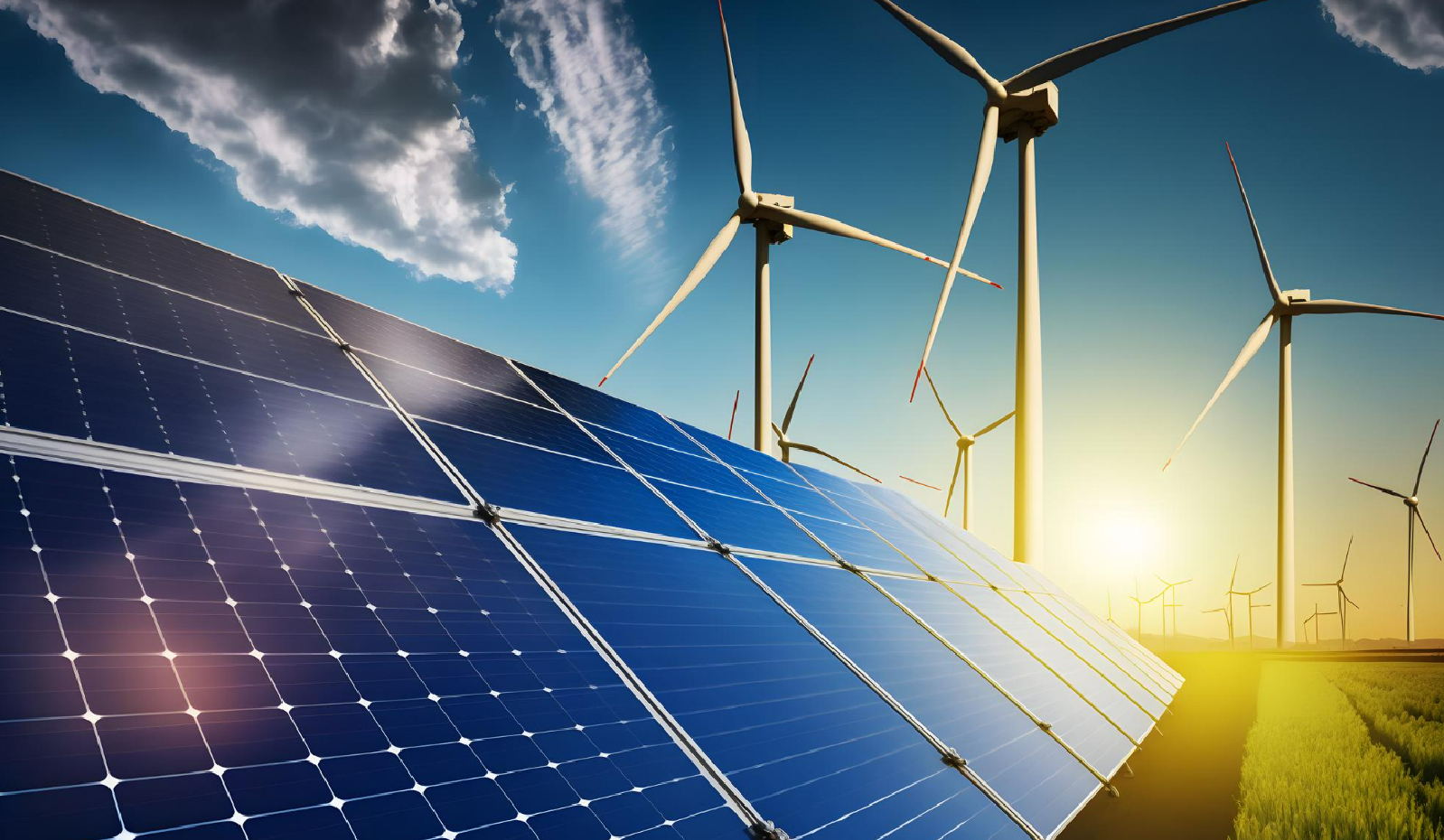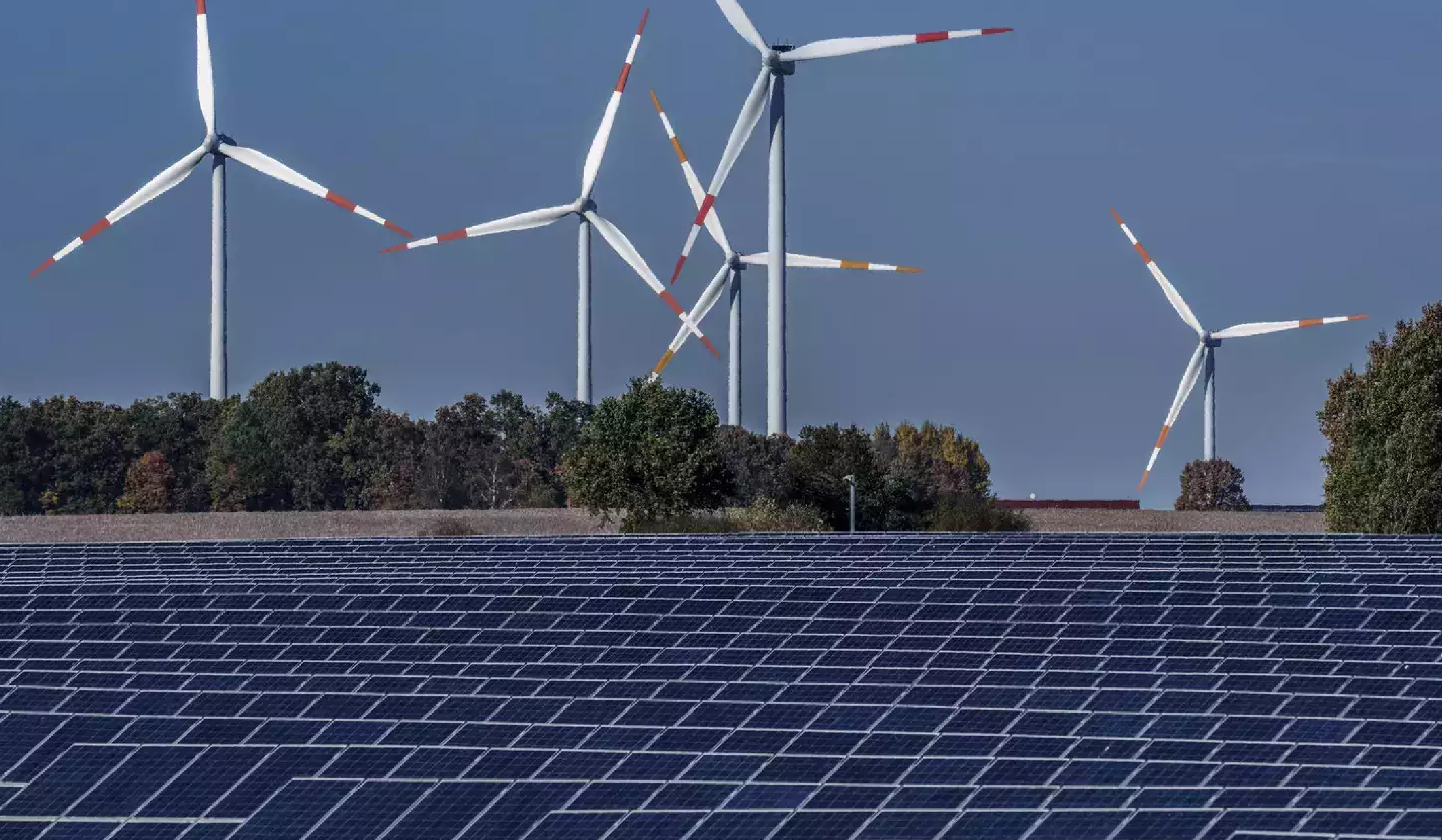India’s Renewable Energy (RE) growth has increased by approx. 16% from about 181GW in December, 2023, reflecting a strong progress towards its goal of 500 GW from non-fossil sources by 2030.
Key Contributors to Growth
- Solar Energy: Cumulative installed capacity increased from about 73 GW in 2023 to about 98 GW in 2024.
- Wind Energy: Increased by 7.64% from 2023 to approx. 48 GW.
- Bioenergy: Installed capacity rose from ~11 GW in 2023 to 11.35 GW in 2024.
Significance of Renewable Energy
- Climate Change Mitigation: Reduces reliance on fossil fuels and lowers greenhouse gas emissions. Eg. India aims to cut carbon intensity by 45% by 2030.
- Energy Security: Decreased dependence on coal imports from countries like Australia, Indonesia etc.
- Sustainable Development Goals: Supports SDGs, including Clean Energy (SDG 7), Climate Action (SDG 13), etc.
Challenges wrt renewable Energy
- High Costs: High upfront investment for renewable energy infrastructure, such as solar panels, wind turbines, and energy storage.
- Environmental Concerns: Adverse impact on biodiversity such as, habitat loss, direct species mortality, disturbance etc.
- Legacy Infrastructure: Existing fossil fuel-based infrastructure complicates integration with renewables.
- Grid Stability: Variability in solar and wind energy challenges grid stability.







